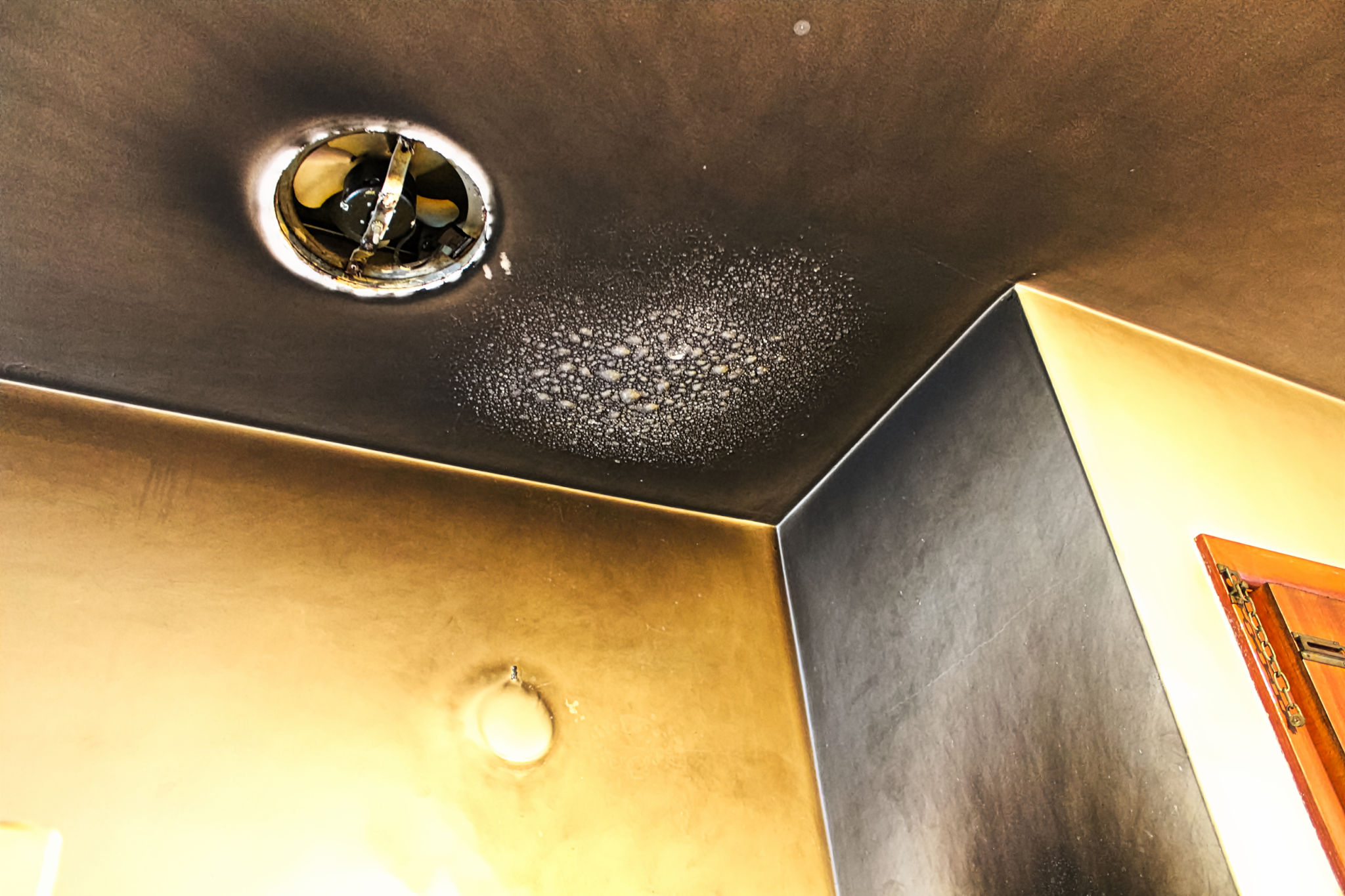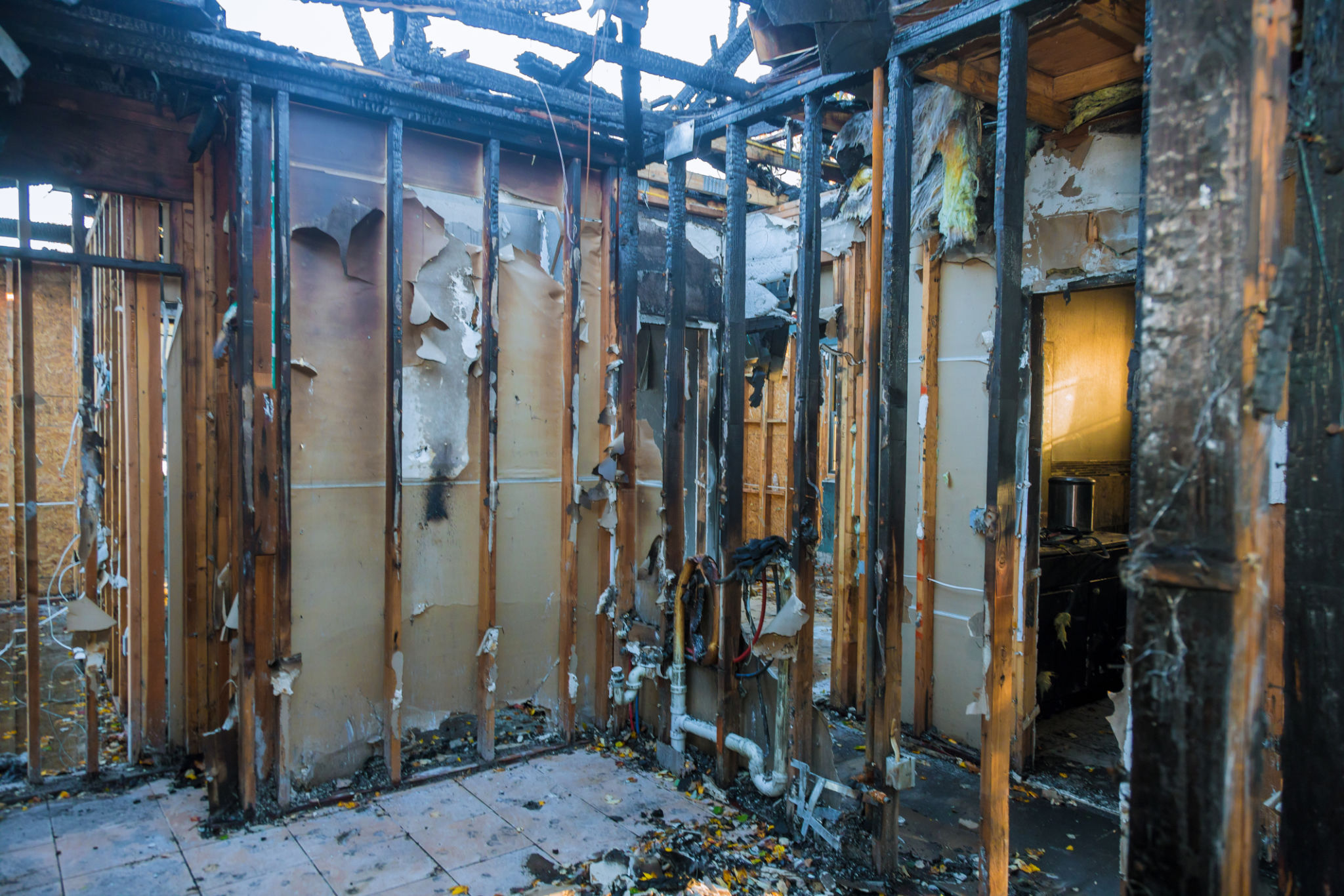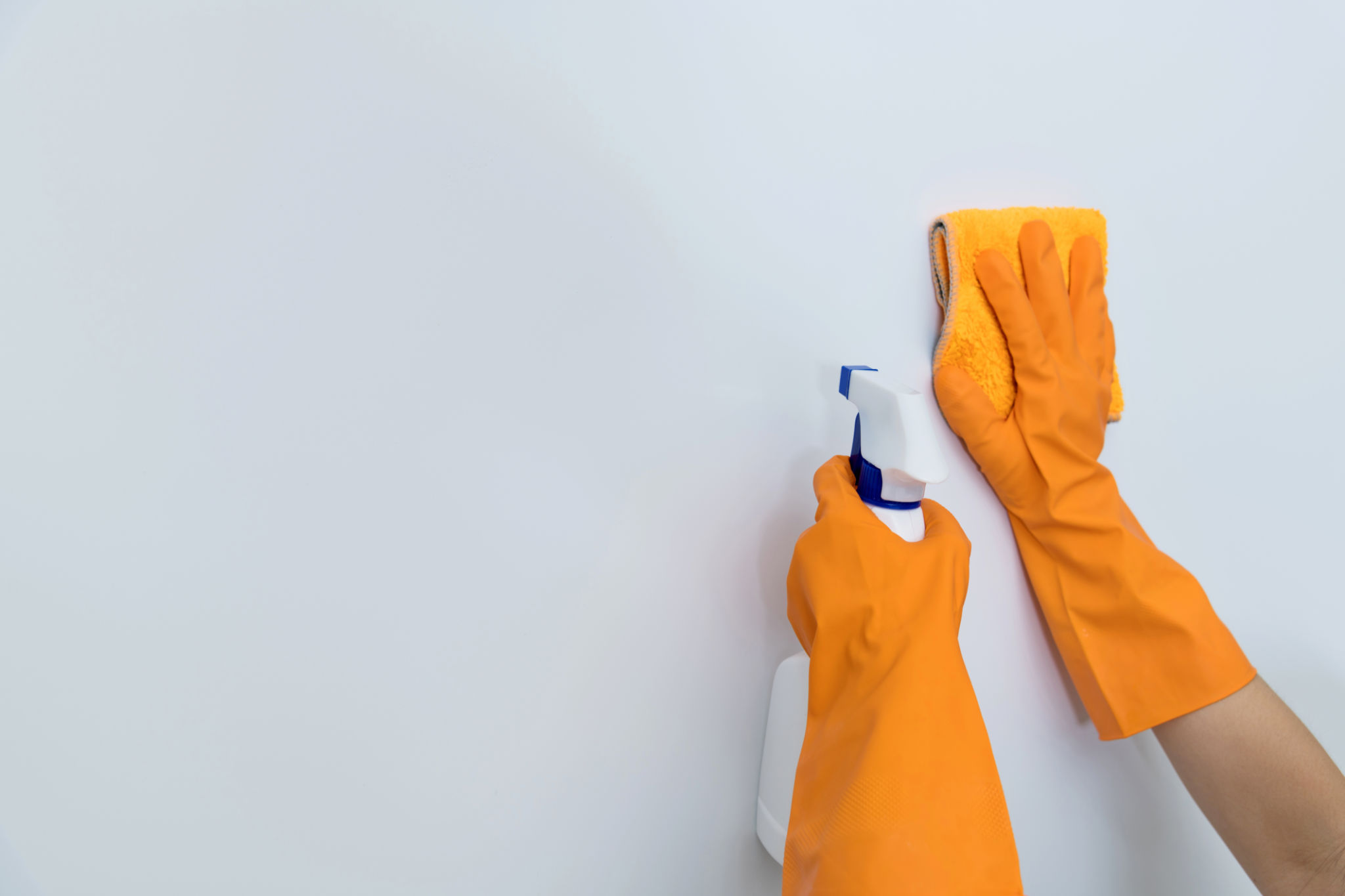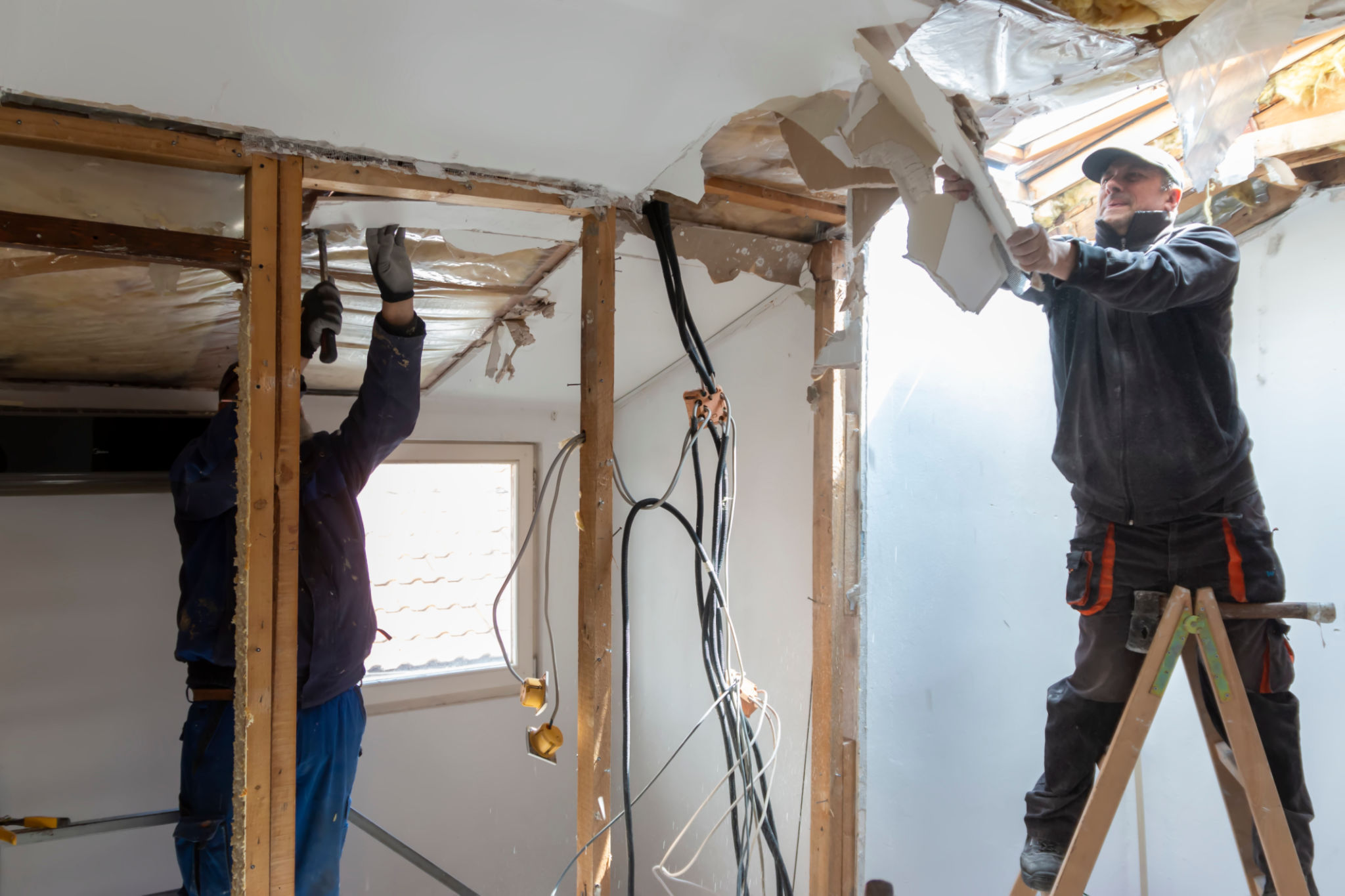Smoke Damage Cleanup After a Fire: A Step-by-Step Guide
Understanding Smoke Damage
Experiencing a fire in your home or business can be devastating, and even after the flames are extinguished, the aftermath can be overwhelming. One of the most challenging tasks is dealing with smoke damage. Smoke can permeate walls, carpets, furniture, and more, leaving behind a lingering odor and visible stains. Understanding the nature of smoke damage is crucial to effectively tackling the cleanup process.
Smoke damage cleanup requires careful attention and the right approach. The acidic nature of smoke residue can cause surfaces to corrode and deteriorate if not addressed promptly. Therefore, it's essential to begin the cleanup process as soon as it is safe to do so.

Initial Safety Precautions
Before embarking on the cleanup journey, ensure that you have taken necessary safety precautions. Always prioritize safety; wear protective clothing, gloves, and masks to prevent inhaling harmful particles. Ensure that the property has been declared safe by relevant authorities before entering.
Ventilate the area by opening windows and doors to allow fresh air to circulate. This will not only help dissipate some of the lingering smoke odor but also make the environment safer for cleanup activities.
Assessing the Damage
The next step is to assess the extent of the smoke damage. This involves identifying which areas and items have been affected. Check walls, ceilings, flooring, and personal belongings for signs of damage. Additionally, take note of any items that may need professional restoration services.

It's important to remember that some smoke damage may not be visible to the naked eye. Hidden damage can occur within HVAC systems, behind walls, or in insulation. Consider hiring a professional to conduct a thorough inspection if you're unsure of the extent of the damage.
Step-by-Step Cleanup Process
1. Remove Soot and Debris
Begin by removing loose soot and debris from surfaces. Use a vacuum with a HEPA filter to avoid spreading particles into the air. For surfaces that can be wiped, use a dry sponge or cloth to gently lift soot without smudging it further.
2. Clean Walls and Ceilings
Once loose soot is removed, clean walls and ceilings with a specialized cleaner or a mixture of warm water and mild detergent. Work from the top down to prevent streaking. For stubborn stains, consider using a trisodium phosphate (TSP) solution, but handle it with care as it can be harsh on skin.

3. Deodorize the Space
Even after cleaning, smoke odors can linger. Use odor-neutralizing products or solutions like vinegar or baking soda. Placing bowls of vinegar or activated charcoal around the space can help absorb odors over time. For severe cases, you might need to use an ozone generator or hire professionals for thermal fogging.
Restoring Your Space
After completing the smoke damage cleanup, it's time to restore your space to its former state. This might involve repainting walls, replacing damaged flooring, or refurbishing furniture. Use this opportunity to improve fire prevention measures in your home by installing smoke detectors and having a fire extinguisher readily available.

Dealing with smoke damage after a fire is undoubtedly challenging, but with patience and a systematic approach, you can restore your property. If at any point you feel overwhelmed or uncertain, don't hesitate to reach out to professionals who specialize in fire and smoke damage restoration.